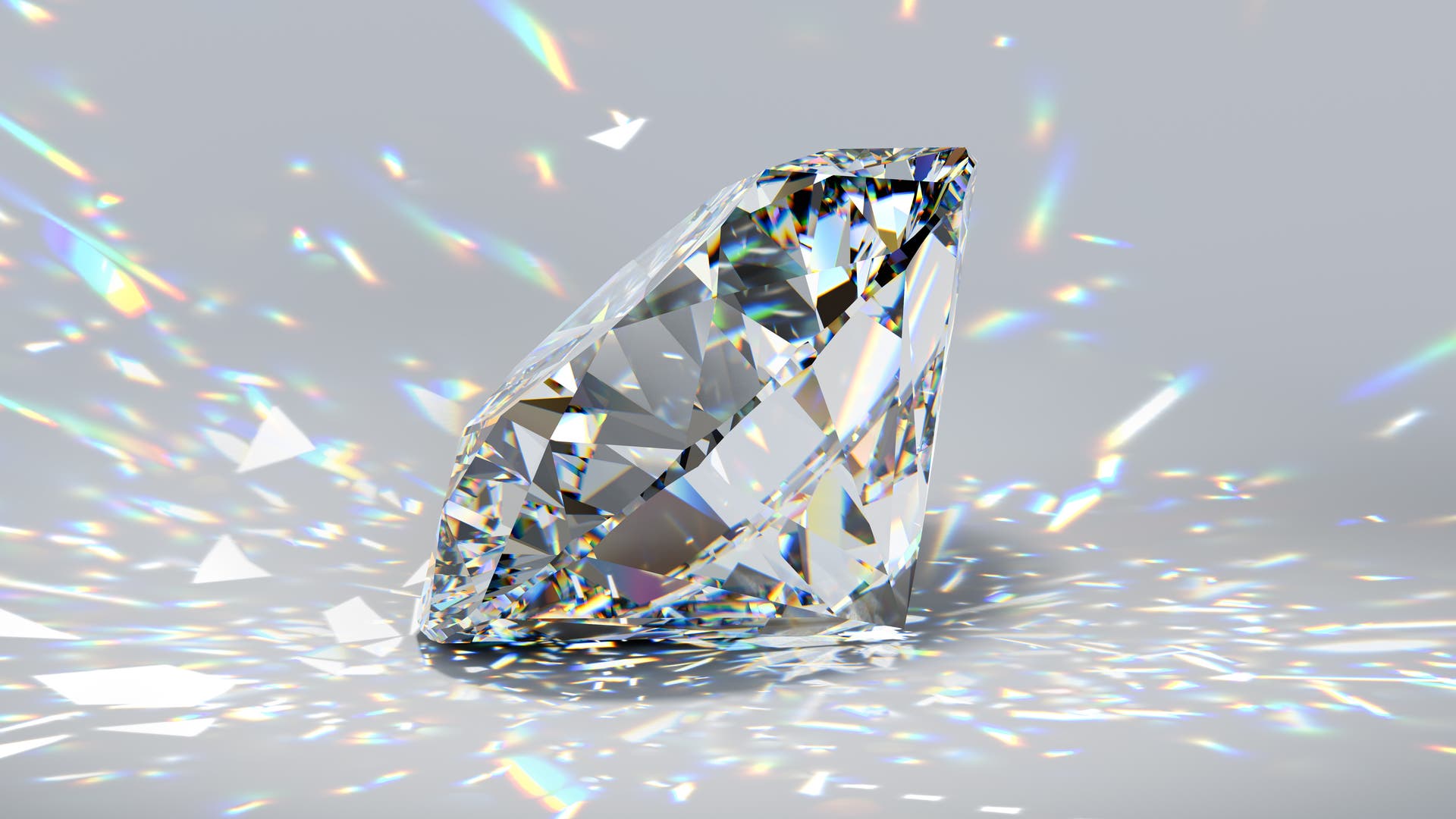Future astronauts on Mars could use photovoltaic and hydrogen systems to generate and store enough energy for their mission. This is the result of the study appearing in Frontiers in Astronomy and Space Science.. There are as yet no concrete plans for a six-man mission to Mars. However, nuclear fission has so far been considered the preferred source of energy for humans on Mars because a nuclear reactor produces the most energy relative to its mass. But depending on where on the planet a potential Mars base is located, solar power could provide a viable alternative to nuclear power.
For the study, researchers led by Anthony Abel of the University of California, Berkeley, were guided by how much material potential astronauts should take to Mars. With nuclear power, this value is always the same because a small reactor doesn’t care where to put it on Mars. The researchers expected a dead weight of 9.5 tons. With solar cells, on the other hand, there are challenges similar to those on Earth: On the one hand, the amount of energy that can be generated using photovoltaic cells depends on the amount of sunlight. On the other hand, the sun also sets on Mars at the end of each Martian day. That’s why you need an energy storage device.
For their model, Abel’s team examined various configurations: energy production by nuclear energy, energy production by photovoltaics and subsequent storage in batteries, energy production by photovoltaic cells and subsequent storage of this energy in the form of compressed hydrogen produced by electrolysis, and Photoelectrochemical cells (PEC)which splits water into hydrogen and oxygen and can also store their hydrogen.

“Total coffee aficionado. Travel buff. Music ninja. Bacon nerd. Beeraholic.”







More Stories
Raising diamonds made easy – Spectrum Science
Everything related to prevention and treatment
“His presence speaks powerfully.”